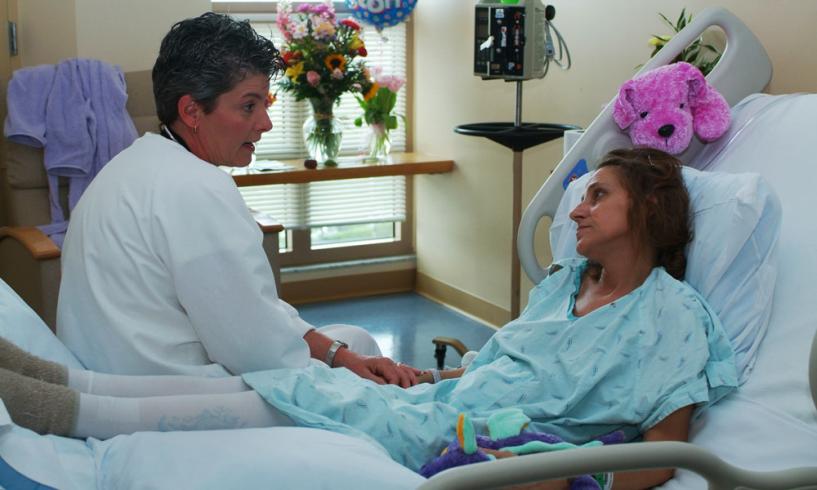Because chemotherapy-induced alopecia is one of the most distressing side effect of chemotherapy, nurses are integral to preparing patients to confront it. In the past, patients didn’t have many options for hair-loss prevention. With new advances in scalp cooling technology for patients with breast cancer, hair loss prevention may be a possibility.
In December 2015, the U.S. Food and Drug Administration approved a cooling cap to help reduce alopecia associated with chemotherapy. The process of scalp cooling uses vasoconstriction to reduce blood flow and therefore the amount of chemotherapy delivered to hair follicles. Studies have found the therapy safe, well-tolerated, and effective. The cooling cap is worn prior to, during, and for a short time after drug infusions—the extent of time varies based on treatment plans.
Along with this newly approved prevention strategy come guidelines and recommendations for nurses to implement scalp cooling for their patients. Nurses are paramount to the successful implementation and positive outcomes related to the use of this device. Key principles affecting outcomes include ensuring appropriate cap temperature and maintaining a secure fit. Areas of alopecia and thinning seem to occur most in areas in which the cap was not held securely in place.
Patients should be provided with blankets during cooling therapy because they are likely to be very cold during treatment, and they should be advised that headaches are a common and expected experience. Additionally, teach patients to be gentle on their hair during treatment, avoiding blow dryers, frequent shampooing, and color treatment. Response to scalp cooling depends greatly on patient characteristics and treatment plans. Emerging data seem to suggest that scalp cooling is most effective when used in patients receiving single-agent therapy as compared to combination and multidrug therapy.
However, scalp cooling is not without risk. Some concerns have been raised about the risk of local scalp metastasis and disease sanctuary sites as a result of reduced chemotherapy delivery to the site. Also, the long-term effects of scalp cooling may not be fully understood yet. At this point, the incidence of scalp metastasis is extremely rare and may not be related to cooling. As with any treatment-related decisions, healthcare providers and patients need to discuss a careful and individualized review of risks, preference, and response.






